Inside 'Belt and Road,' China's mega-project that is linking 70 countries across Asia, Europe, and Africa
"Belt and Road" is a massive trade and infrastructure project that aims to link China — physically and financially — to dozens of economies across Asia, Europe, Africa, and Oceania.

It consists of two parts: The "Belt," which recreates an old Silk Road land route, and the "Road," which is not actually a road, but a route through various oceans.
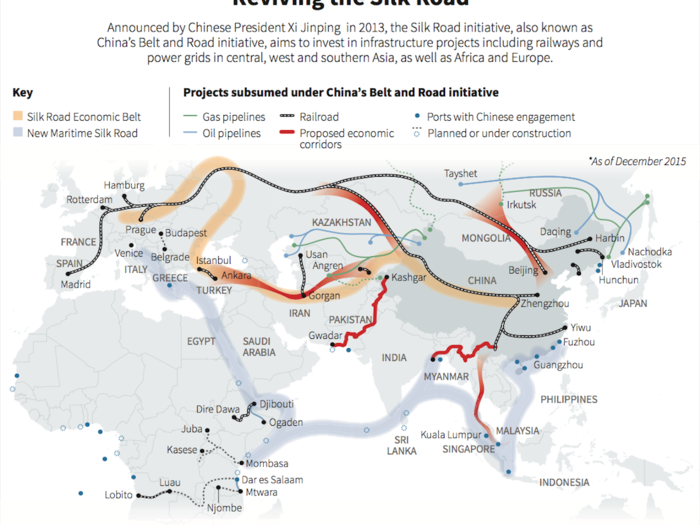
The Silk Road was an ancient land route across Europe and Asia that connected traders and travellers from regions like the China, Persia, and the Roman Empire.
Merchants used to transport silk and other commodities by camel or horse along those roads.
As of January 2018, 71 countries (including China) are taking part in the project. They include India, Pakistan, Poland, Turkey, New Zealand, and Russia. Altogether, these 71 countries represent a third of the world's GDP.
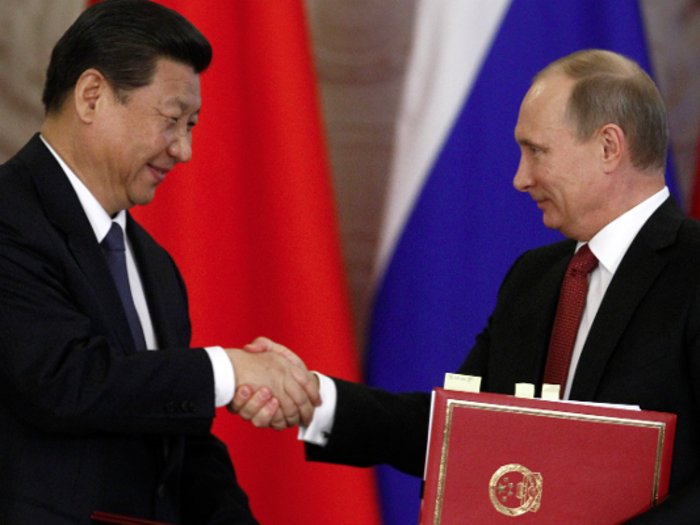
China has invested at least $900 billion (£635 billion) in projects along the belt and road, mainly in infrastructure, transport, and energy. These include a gas pipeline in Pakistan, a motorway in Hungary, and a high-speed rail link in Thailand.
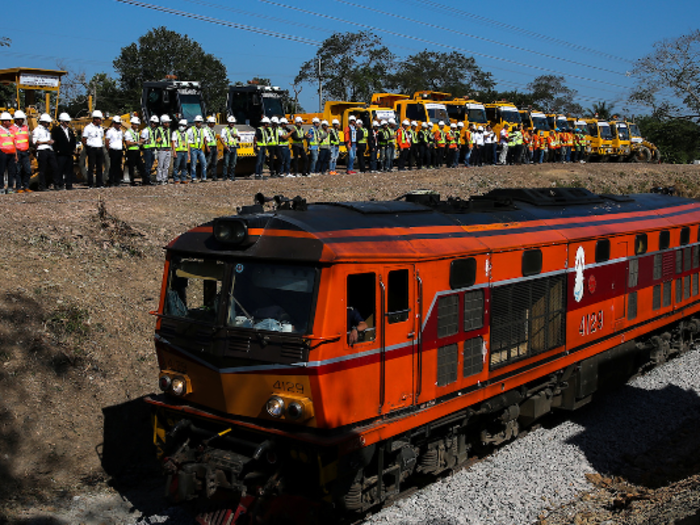
Source: The Economist, Economist Intelligence Unit
Here's a freight train that directly runs from Kouvola, Finland, to Xi'an, China. The trip takes 17 days. China says it's faster than sea travel and cheaper than air.
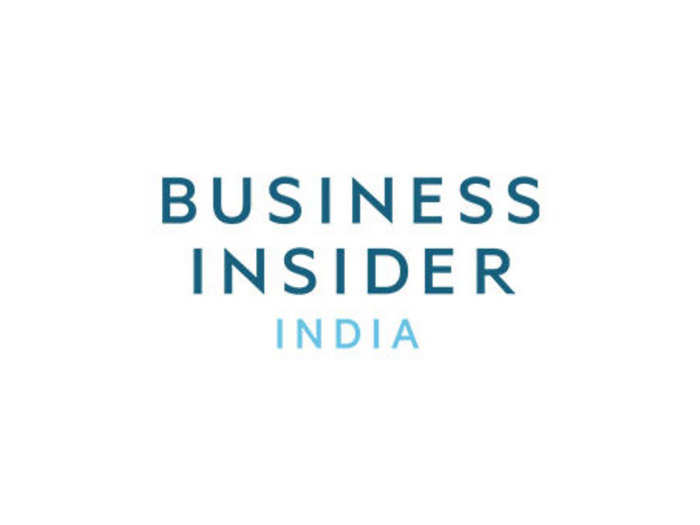
This 9,800-kilometre railway helps transport electronics, machinery, clothes, and shoes from China to Lodz, Poland. Trains carry food and drink from Poland on their return leg.

These trains run whatever the weather — here are trains travelling to and from Guangxi, China, and Malaszewicze, Poland despite the snow.
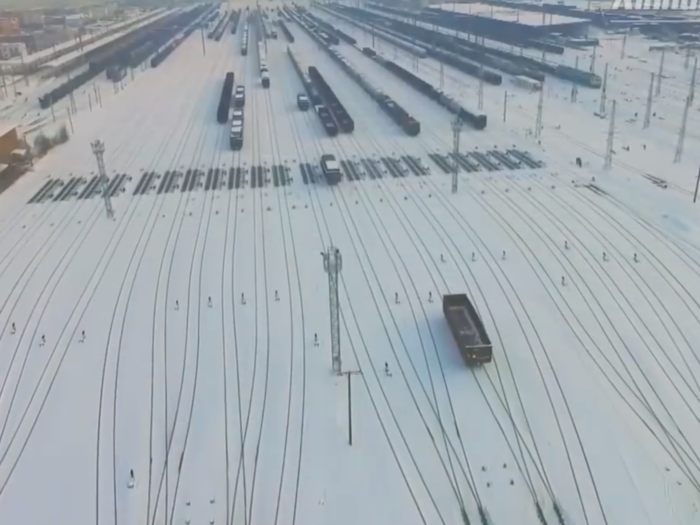
Inside 'Belt and Road,' China's mega-project that is linking 70 countries across Asia, Europe, and Africa
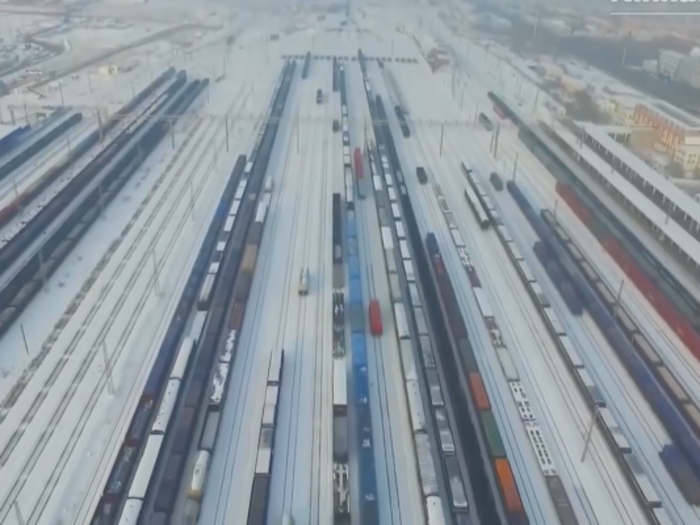
Belt and Road isn't all about transportation. This video shows the China-Central Asia natural gas pipeline system, which runs through countries like Kazakhstan, Turkmenistan, and Uzbekistan.
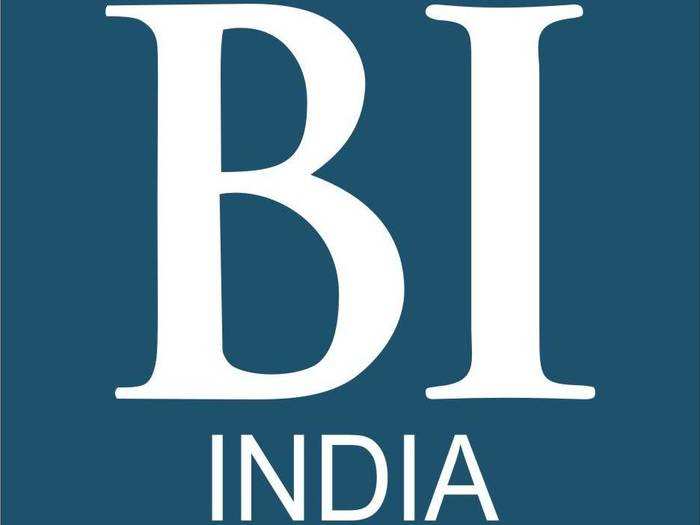
Source: South China Morning Post
200 billion cubic meters! Gas pipeline network under Belt and ...Numbers tell. Around 200 billion cubic meters of natural gas has been piped from Central Asia to China through a network of pipelines since December 2009. The project, which will further develop under the Belt and Road Initiative, benefits over 300 million Chinese and creates nearly 10,000 jobs in Central Asia. #BeltandRoad
Posted by China Xinhua News on Thursday, November 30, 2017
Countries that haven't joined Belt and Road have also profited from the mega-project — Western multinationals like General Electric and Caterpillar in the US, and DHL in Germany, have all signed trade agreements to build Belt and Road projects.
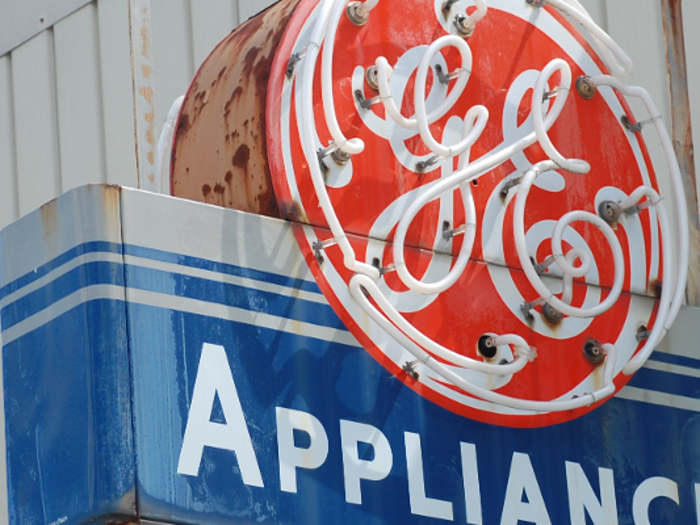
GE made $2.3 billion (£1.6 billion) selling equipment for Belt and Road projects in 2016 alone, and expects to make more in the coming years.
Source: The Economist
Belt and Road is a pet project of Chinese President Xi Jinping, the country's most powerful leader since the founding of modern China. Officials looking to curry favour with Xi reportedly cite Belt and Road to get projects approved.
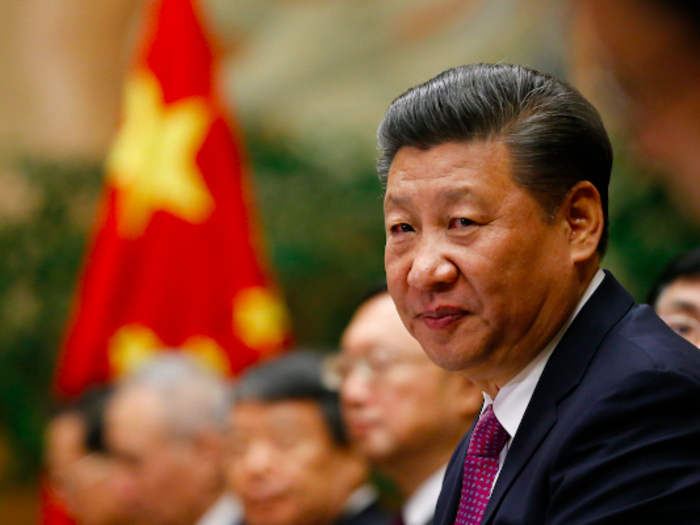
"If you want to get projects or programmes approved, you say it's OBOR [One Belt, One Road], so everything becomes OBOR," Charles Parton, a former EU diplomat in China, told the Financial Times.
Source: Finanical Times
China is so proud of the project that state broadcaster Xinhua made a (slightly cringeworthy) music video about it:

China's desperate to win over kids too. Here's another video by state newspaper China Daily, in which children sing: "The world's we're dreaming of starts with you and me / The future's coming now, the Belt and Road is how."

War-torn Syria and Yemen have also signed up to be part of Belt and Road. Last November, Chinese Foreign Minister Wang Yi gave China's support to Syria's reconstruction.
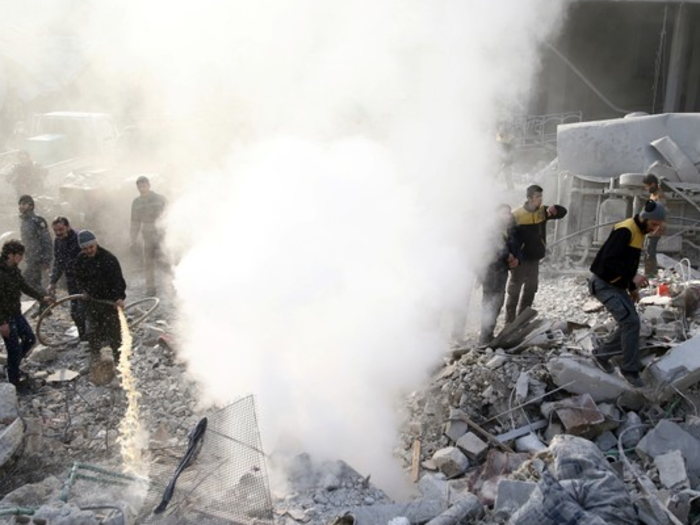
Britain isn't part of Belt and Road, and its stance is unclear. Prior to her trip to China, UK Prime Minister Theresa May refused to formally endorse the project, and said it would only contribute to global growth if it was "well implemented"...
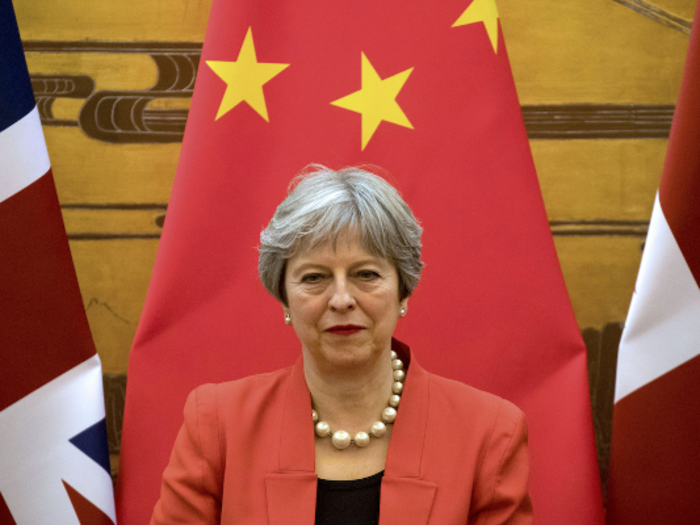
Source: Financial Times
... while Chancellor Philip Hammond has appeared keen for Britain to join Belt and Road. Speaking in China last December, he expressed his wish for "closer collaboration in delivering the ambitions of the Belt and Road programme."
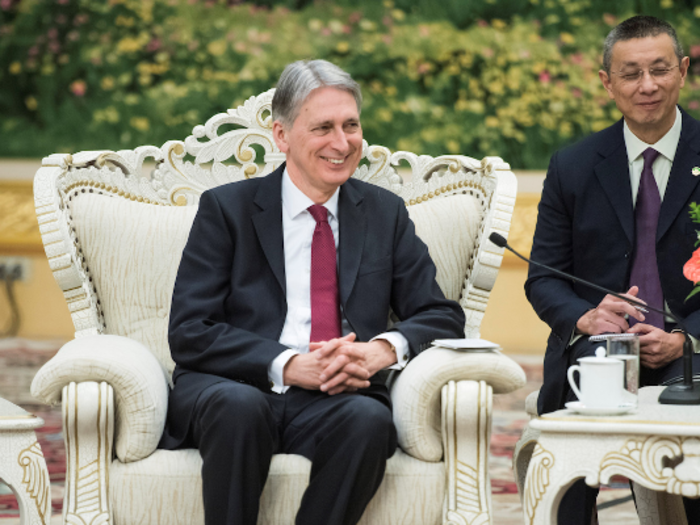
Source: Reuters
The US isn't a part of Belt and Road, but formally recognised it in a statement last May following the signing of a bilateral trade deal.
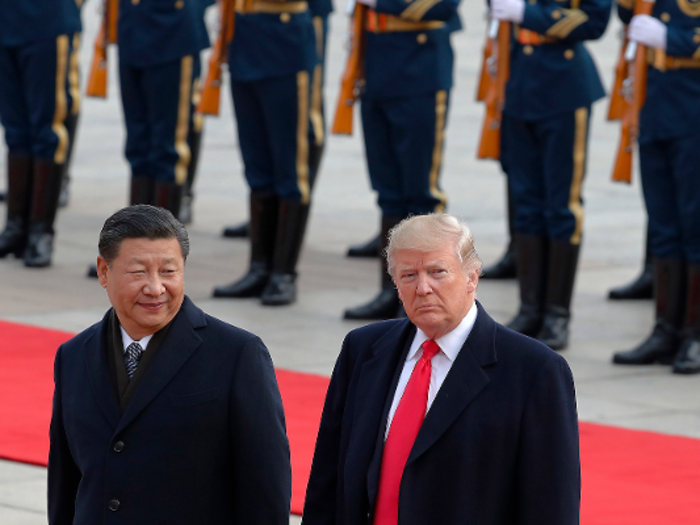
Source: BBC
Belt and Road also has its critics. Although India is part of the programme, it opposes China's investment in an economic corridor linking it to Pakistan because it passes through Kashmir, a contested territory between the two countries.
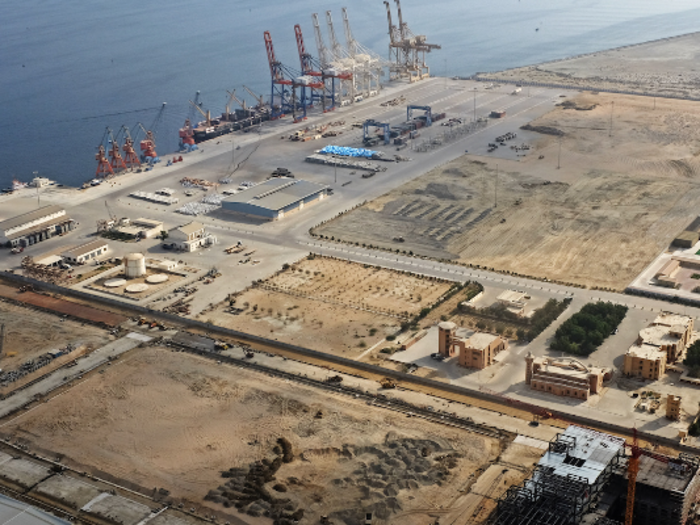
Source: DNA India
Other countries say Belt and Road is actually a series of exclusive bilateral deals between China and other economies, but is touted as a multilateral project. If true, this would violate EU standards.
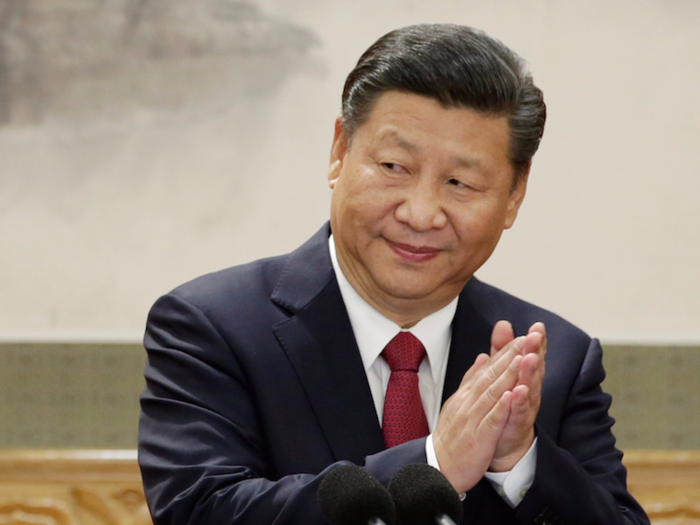
Jörg Wuttke, the former president of the EU Chamber of Commerce said during his presidency: "The initiative has been hijacked by Chinese companies, which have used it as an excuse to evade capital controls, smuggling money out of the country by disguising it as international investments and partnerships."
Source: YaleGlobal Online, Financial Times
China's ambitions appear to go even beyond Asia, Europe, Africa, and Oceania. Last week, the country announced plans for a "Polar Silk Road," which aims to build infrastructure and explore shipping routes across the Arctic.
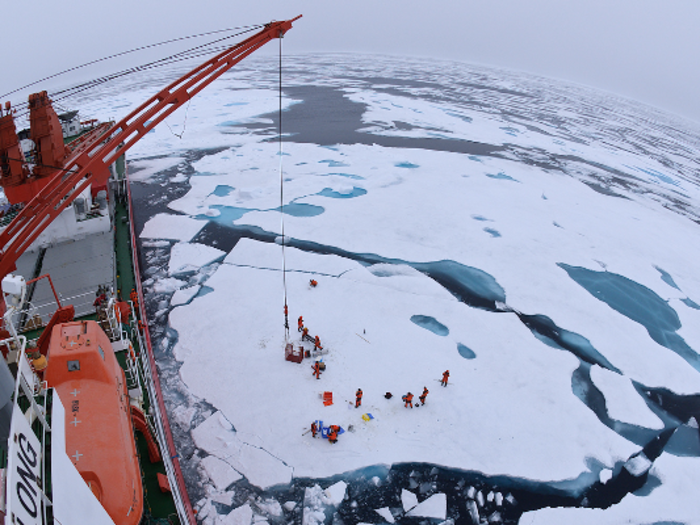
Source: South China Morning Post
In 2016, China also established the Asian Infrastructure Investment Bank, an international development bank to help build infrastructure in region — almost like the Asia-Pacific equivalent of the IMF. The UK, Germany, and France all joined despite the Obama administration warning its allies not to.
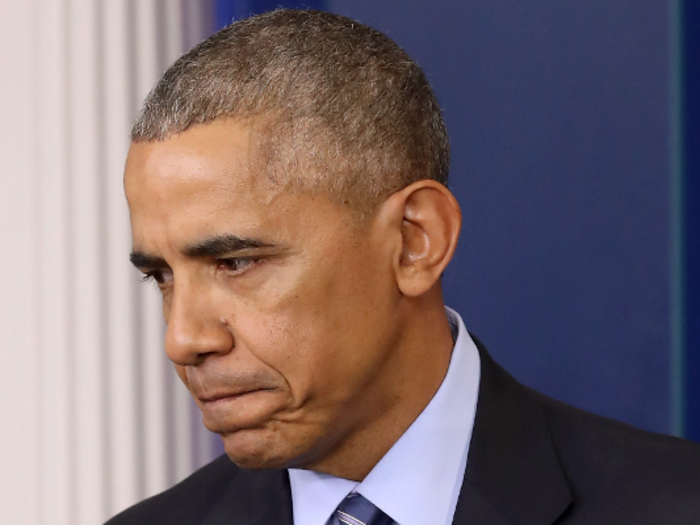
Popular Right Now
Advertisement